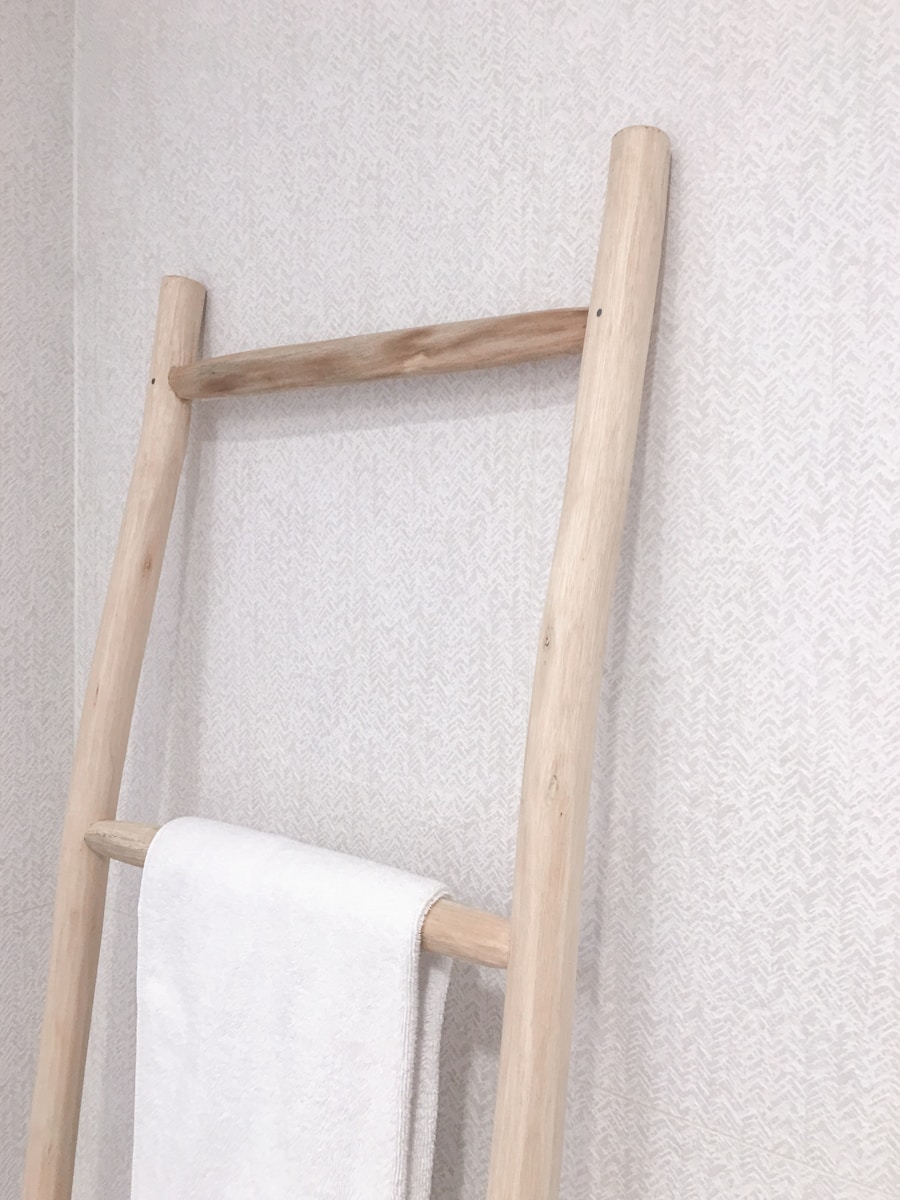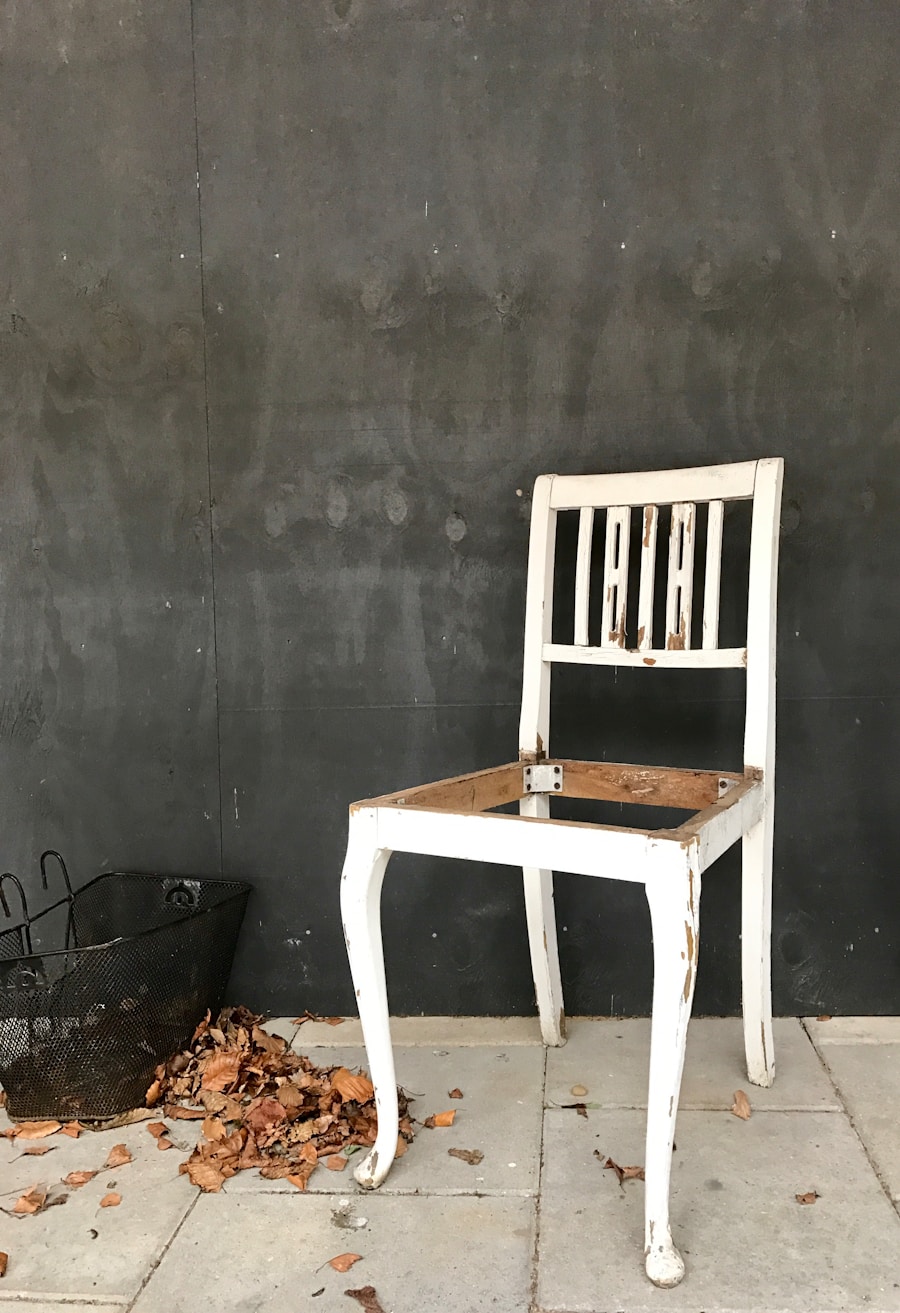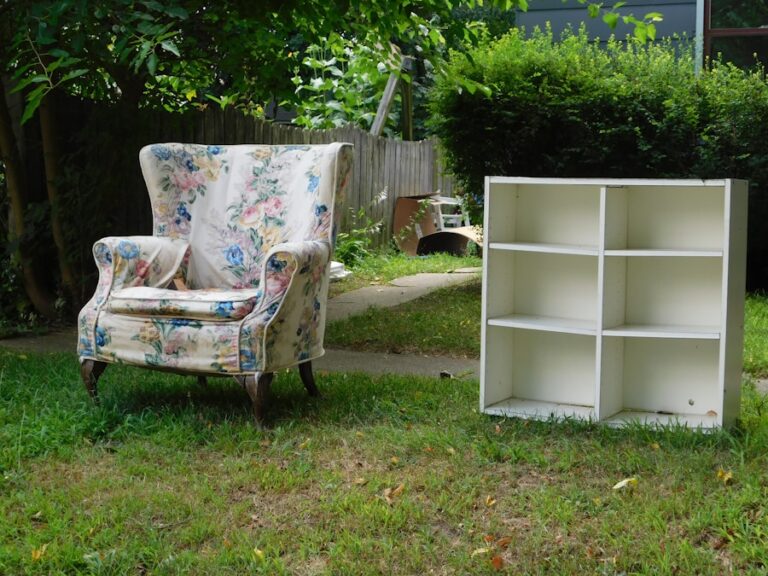In recent years, the trend of do-it-yourself (DIY) furniture has gained significant traction among homeowners and design enthusiasts alike. This movement is not merely a passing fad; it represents a shift towards personalization and sustainability in home decor. DIY furniture allows individuals to create unique pieces that reflect their personal style while also providing an opportunity to engage in a rewarding creative process.
The allure of crafting one’s own furniture lies in the ability to tailor designs to fit specific spaces, tastes, and needs, making each piece a true reflection of the creator’s vision. Moreover, the DIY approach to furniture creation fosters a sense of accomplishment and pride. As individuals embark on their furniture-making journeys, they often discover new skills and techniques that enhance their craftsmanship.
The satisfaction derived from transforming raw materials into functional art is unparalleled. This article will explore various aspects of DIY furniture, from selecting the right materials and tools to showcasing finished pieces in the home, providing a comprehensive guide for both novices and seasoned DIYers.
Key Takeaways
- DIY furniture allows you to create unique and personalized pieces for your home.
- Choosing the right materials and tools is essential for a successful DIY furniture project.
- Upcycling and repurposing old furniture can give it a new life and save money.
- Building custom furniture pieces allows you to tailor them to your specific needs and style.
- Adding personal touches with paint and stain can enhance the look of your DIY furniture.
Choosing the Right Materials and Tools
Material Options
Common materials include wood, metal, and upholstery fabrics, each offering distinct advantages. For instance, wood is favored for its versatility and timeless appeal, while metal can provide a modern edge. Additionally, eco-friendly options such as reclaimed wood or sustainable materials are increasingly popular among those looking to minimize their environmental footprint.
Tool Essentials
Equally important is the selection of tools necessary for the project. A well-equipped workspace can make all the difference in achieving professional-looking results. Essential tools for DIY furniture projects typically include a saw, drill, measuring tape, level, and various hand tools such as screwdrivers and sanders.
Mastering Tool Use
Furthermore, understanding how to use each tool properly is vital; many resources are available online or through local workshops that can help beginners gain confidence in their abilities. For those new to woodworking or furniture assembly, investing in a quality toolset can enhance both safety and efficiency.
Upcycling and Repurposing Furniture

Upcycling and repurposing are two popular methods within the DIY furniture movement that emphasize creativity and sustainability. Upcycling involves taking old or discarded furniture and transforming it into something new and functional. This practice not only reduces waste but also allows individuals to breathe new life into items that may otherwise end up in landfills.
For example, an old wooden dresser can be transformed into a stylish TV stand with a few modifications and a fresh coat of paint. Repurposing takes this concept a step further by reimagining the original function of an item entirely. A vintage ladder can become a unique bookshelf, while an old door can be converted into a rustic dining table.
The possibilities are limited only by one’s imagination. Engaging in upcycling and repurposing not only fosters creativity but also encourages resourcefulness, as individuals learn to see potential in items that others may overlook. This approach aligns perfectly with contemporary values of sustainability and minimalism, making it an appealing choice for many DIY enthusiasts.
Building Custom Furniture Pieces
| Metrics | 2019 | 2020 | 2021 |
|---|---|---|---|
| Number of Custom Furniture Pieces Built | 150 | 180 | 200 |
| Customer Satisfaction Rate | 92% | 94% | 96% |
| Revenue Generated | 50,000 | 60,000 | 70,000 |
| Number of Repeat Customers | 30 | 35 | 40 |
For those who wish to take their DIY endeavors to the next level, building custom furniture pieces from scratch offers an exciting challenge. This process begins with careful planning and design, where individuals can sketch out their ideas or use design software to visualize their creations. Understanding dimensions and proportions is essential to ensure that the final piece fits seamlessly into its intended space.
Additionally, creating detailed plans can help streamline the building process and minimize errors. Once the design is finalized, the actual construction begins. This stage requires patience and precision, as each cut and joint must be executed with care.
Beginners may find it helpful to start with simpler projects, such as a basic coffee table or bookshelf, before progressing to more complex designs like custom cabinets or benches. As individuals gain experience, they can experiment with different joinery techniques and finishes to elevate their work further. Building custom furniture not only results in unique pieces but also provides invaluable skills that can be applied to future projects.
Adding Personal Touches with Paint and Stain
One of the most enjoyable aspects of DIY furniture is the opportunity to add personal touches through paint and stain. These finishing techniques can dramatically alter the appearance of a piece, allowing individuals to express their style and preferences. Choosing the right color palette is essential; bold colors can make a statement, while neutral tones may create a more subdued atmosphere.
Additionally, experimenting with different painting techniques—such as distressing or stenciling—can add depth and character to the finished product. Staining is another popular option that enhances the natural beauty of wood while providing protection against wear and tear. Different stains can highlight the grain patterns of various woods, creating stunning visual effects.
For those who prefer a more rustic look, applying a weathered finish can evoke a sense of history and charm. Ultimately, the choice between paint and stain—or a combination of both—depends on personal taste and the desired aesthetic for the space.
Incorporating Functional and Space-Saving Designs

In today’s world, where living spaces are often limited, incorporating functional and space-saving designs into DIY furniture projects has become increasingly important. Multi-functional pieces serve dual purposes, maximizing utility without sacrificing style. For instance, a bench with built-in storage can provide seating while also offering a place to stow away shoes or blankets.
Similarly, foldable tables or wall-mounted desks can be invaluable in small apartments or homes where every square foot counts. When designing space-saving furniture, it is essential to consider both form and function. A well-designed piece should not only fit seamlessly into its environment but also enhance the overall flow of the space.
Creative solutions such as modular furniture or stackable chairs can provide flexibility for various occasions while maintaining an organized appearance. By prioritizing functionality alongside aesthetics, DIY enthusiasts can create pieces that are not only beautiful but also practical for everyday living.
Tips for Beginners and Safety Precautions
For those just starting their DIY furniture journey, several tips can help ensure a successful experience while prioritizing safety. First and foremost, it is crucial to take time to research techniques and gather information before diving into a project. Online tutorials, instructional videos, and community workshops can provide valuable insights that help beginners avoid common pitfalls.
Additionally, starting with smaller projects allows individuals to build confidence before tackling larger undertakings. Safety should always be a top priority when working with tools and materials. Wearing appropriate protective gear—such as goggles, gloves, and masks—can prevent injuries from dust or sharp objects.
Furthermore, understanding how to operate tools safely is essential; reading manuals or seeking guidance from experienced DIYers can help mitigate risks. By approaching each project with caution and preparation, beginners can enjoy the creative process while minimizing potential hazards.
Showcasing Your DIY Furniture in Your Home
Once the hard work of creating DIY furniture is complete, showcasing these unique pieces within the home becomes an exciting endeavor. Thoughtfully arranging furniture can enhance both functionality and aesthetics in any space. Consider how each piece interacts with its surroundings; for example, placing a custom coffee table at the center of a living room can create a focal point that invites conversation.
In addition to arrangement, accessorizing DIY furniture with complementary decor can elevate its impact further. Incorporating textiles such as cushions or throws can add warmth and comfort to seating areas, while decorative items like books or plants can personalize shelves or tables. Ultimately, showcasing DIY furniture is about celebrating creativity and individuality within one’s home environment.
By thoughtfully integrating these pieces into their living spaces, individuals can create inviting atmospheres that reflect their unique tastes and lifestyles. In conclusion, the world of DIY furniture offers endless possibilities for creativity, sustainability, and personal expression. From selecting materials to showcasing finished pieces in the home, each step in the process provides opportunities for learning and growth.
Whether through upcycling old items or building custom creations from scratch, individuals can craft unique furniture that enhances their living spaces while reflecting their personal style. With careful planning, attention to detail, and a willingness to experiment, anyone can embark on a rewarding journey into the realm of DIY furniture design.
If you’re interested in DIY furniture projects, you may also want to check out this article on Understanding Copyright Laws in the Digital Age. This article explores the legal aspects of creating and sharing your own furniture designs, ensuring that you are aware of copyright laws and how they may impact your DIY projects.
FAQs
What is DIY furniture?
DIY furniture refers to furniture that is assembled, constructed, or customized by individuals using their own skills and materials, rather than purchasing pre-made furniture from a store.
What are the benefits of DIY furniture?
Some benefits of DIY furniture include the ability to customize the design and size to fit specific needs, the satisfaction of creating something with your own hands, and the potential for cost savings compared to purchasing pre-made furniture.
What are some common materials used for DIY furniture?
Common materials used for DIY furniture include wood, plywood, metal, reclaimed materials, and repurposed items such as crates or pallets. Additionally, hardware such as screws, nails, and brackets are often used for assembly.
What tools are typically needed for DIY furniture projects?
Tools commonly used for DIY furniture projects include a saw, drill, screwdriver, sander, measuring tape, level, and clamps. The specific tools needed will depend on the complexity of the project.
Are there any safety considerations when building DIY furniture?
Yes, safety considerations are important when building DIY furniture. It’s important to use proper safety gear such as goggles and gloves, to work in a well-ventilated area, and to follow all safety guidelines for the tools and materials being used.
Where can I find DIY furniture plans and inspiration?
DIY furniture plans and inspiration can be found in books, online tutorials, woodworking magazines, and on websites and social media platforms dedicated to DIY and woodworking. Additionally, home improvement stores may offer workshops and classes on furniture building.






